The Center of Concern: From Idea to Reality
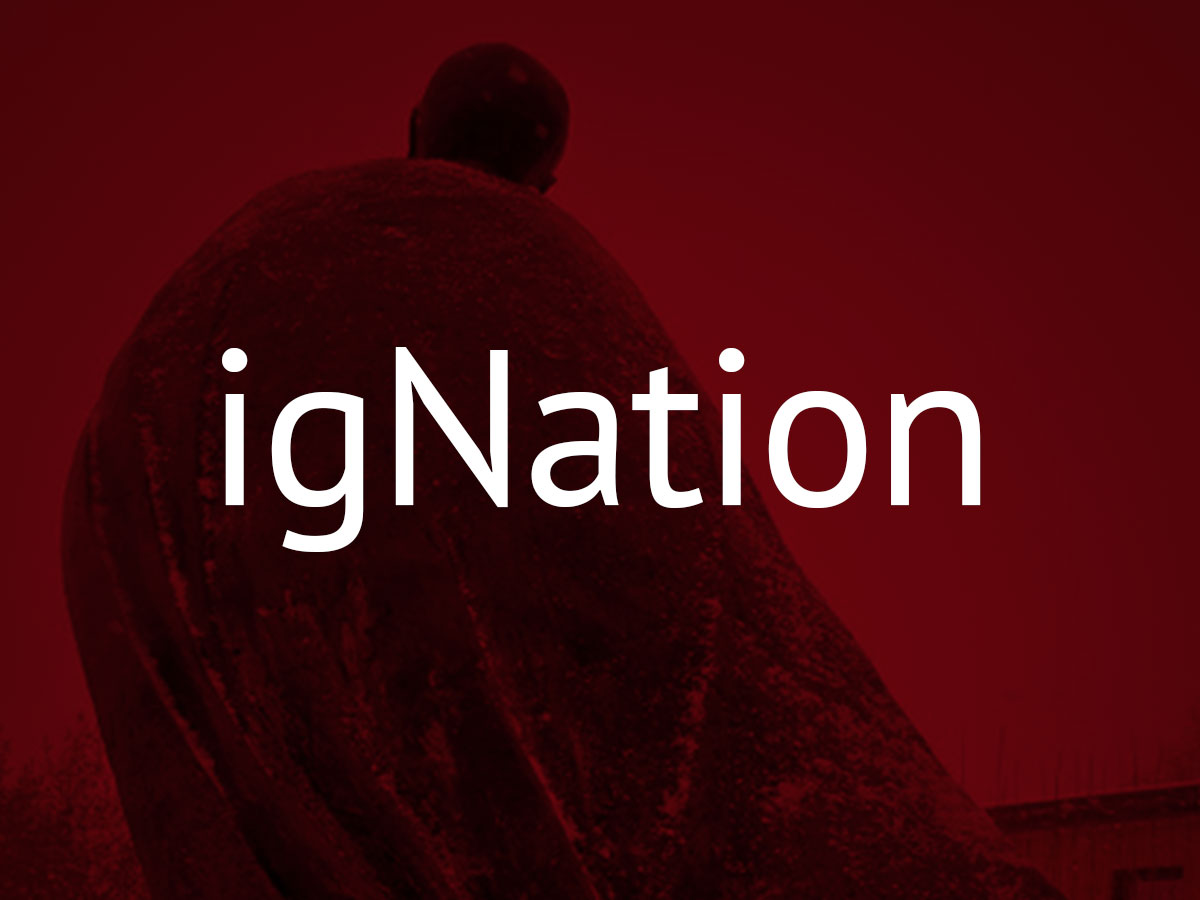
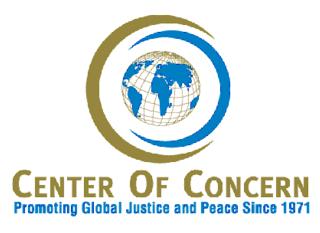 The first public mention of the Center of Concern appeared in 1971, after a meeting that included Father Pedro Arrupe, then the General of the Society of Jesus internationally; Joseph Cardinal Bernardin of the United States Conference of Catholic Bishops (USCCB); and the Secretary General of the United Nations, U Thant. After that happy occasion the General Secretary of the USCCB and the Jesuit General announced their intention to create jointly an international center for justice and peace in Washington DC.
The first public mention of the Center of Concern appeared in 1971, after a meeting that included Father Pedro Arrupe, then the General of the Society of Jesus internationally; Joseph Cardinal Bernardin of the United States Conference of Catholic Bishops (USCCB); and the Secretary General of the United Nations, U Thant. After that happy occasion the General Secretary of the USCCB and the Jesuit General announced their intention to create jointly an international center for justice and peace in Washington DC.
But how did this happen, and what was its sequel? Now, at 91, I realize that I am practically the only person who lived that early experience personally and can still share it – leaving it to historians the onerous task of documenting it.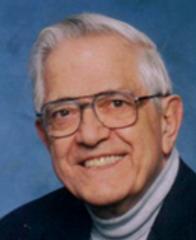
In 1970, I completed my 6-year contract with the Canadian Conference of Catholic Bishops as Co-Director of their office for social justice. Father Arrupe decided not to renew that contract, and also declined to accept my nomination as director of SODEPAX, a centre for social justice and peace launched in 1969 in Geneva by the Vatican and the World Council of Churches. His preference was that I should join the staff of the Gregorian University in Rome. In co-operation with Monsignor Joseph Gremillion, then director of the Justice and Peace Commission of the Vatican, the plan was to launch a social justice centre, especially for African students, at the Gregorian University.
Earlier, Monsignor Gremillion and Monsignor Marvin Bordelon, then Director of the International Office of the USCCB, had invited me to Washington to get my reaction to a proposal they intended to take directly to Father Arrupe: a proposal for a peace and justice centre in Washington. Knowing Father Arrupe’s mind on the question of my future employment, I was interested but noncommittal.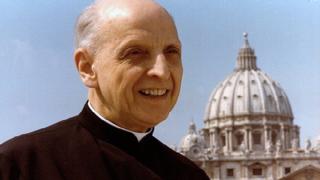
Later, those two American monsignors met with Father Arrupe and his American Assistant, Vincent O’Keefe. Their plan caught the Jesuit General’s imagination. Shortly thereafter I received a letter from him missioning me to Washington to help organize an international center for justice and peace – as a joint project of the US bishops and the Jesuits.
Father Arrupe also shared with me a copy of the letter he had received from Bishop Bernardin inviting the Jesuits to open a center in Washington and suggesting that, in the opinion of the American bishops, I would seem a suitable Jesuit to initiate the project. It was surprising that a Canadian Jesuit would be the candidate proposed for this role, for the US church certainly did not lack competent Jesuits! Probably my experience of working with the Canadian bishops in a social justice role, and my doctorate in economic development from an American university (Harvard), made me seem like a good fit for the new job.
The implicit agreement (as far as I know, it was never put in writing) was that the Jesuits would supply competent staff and the bishops the funding. No job description was included – though Monsignor Bordelon, who represented the bishops, would tell others – but not me – that I was “seconded” to him. I was simply focused on creating the centre.
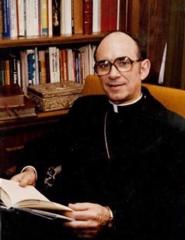 For the next several months, Monsignor Bordelon and I worked at sounding out the international context for a church-based center in Washington. We travelled to major conferences in the USSR, Japan, Hong Kong, India. We even ventured to Canada to engage Bishop Alex Carter, president of the Canadian bishops’ conference, on the feasibility of our project becoming a joint USA/Canada venture. But our respective roles remained unclear. I was still living off Canadian funds from the Jesuits and from two Canadian bishops, the brothers Alex and Emmett Carter.
For the next several months, Monsignor Bordelon and I worked at sounding out the international context for a church-based center in Washington. We travelled to major conferences in the USSR, Japan, Hong Kong, India. We even ventured to Canada to engage Bishop Alex Carter, president of the Canadian bishops’ conference, on the feasibility of our project becoming a joint USA/Canada venture. But our respective roles remained unclear. I was still living off Canadian funds from the Jesuits and from two Canadian bishops, the brothers Alex and Emmett Carter.
Before I arrived in Washington, Monsignor Bordelon had set up a powerful board of business leaders, lawyers, etc. with Irving Friedman, a Presbyterian who was the chief economist of the World Bank, as chair. This board approved Irving Friedman’s motion that the new project be named “The Center of Concern” – I later added “Towards a World that is Human.” It also approved a one million dollar draft budget – but with no indication as to the possible source of the funds. No doubt they expected the US bishops would provide some of the seed money. In the interim, a banker member of the board gave us a $26,0000 interest-free loan to pay our bills.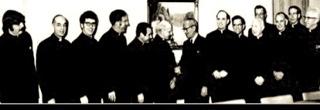
My chief task in the light of those motions was to draft a statement describing the new center and begin the search for excellent Jesuit staff. However, with Irving Friedman on sabbatical at Oxford University, my differences with Monsignor Bordelon widened. He prevented me from being a member of the board – even though my daily contacts and my work on finding the right staff made me the only person who really knew what was going on. He also tried to prevent me from hiring two excellent Jesuits, Peter Henriot and Bill Callahan – but in this he was outvoted by John O’Connor, the Executive Secretary of the US Jesuit provincials’ conference, and also by the board member who had given us a $26,000 interest-free loan.
Indeed, a credibility problem was developing for Monsignor Bordelon because he had not succeeded in arranging for the US bishops to provide the expected seed money. He wanted me to delay hiring staff and take another year to plan. Irving Friedman, still in Oxford, generously offered to let me have an office in his own home. But I made it clear that if the center was not going ahead with the staff I had hired, I would return to Canada.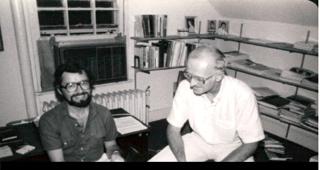
Such was the precarious status of the Center’s future when I was invited that summer to provide a four-day workshop on poverty for the national meeting of the LCWR (Leadership Conference of Women Religious), to be held in Atlantic City. Two unforeseen events happened there.
First, Canadian Cardinal Flahiff, who was their keynote speaker, invited me to be a peritus for the Canadian bishops at the upcoming Synod in Rome on Justice in the World. And, second, and more significant for the Center, I found a source of substantial seed money. At the last session, I shared with the sisters that I was returning to Washington that evening for a meeting with Irving Friedman, Chair of our Board, to decide the future of the Center – since we had no source of substantial funding. The sisters asked me how much I needed to prevent a crisis. I told them that if I had $16,000 I was confident that that the Jesuits and others would more than match it and it could survive. Amazingly, within fifteen minutes I had a basket of cash, cheques and promises worth $16,000 and many new friends and supporters.
That evening I met with Irving Friedman for the first time in many months. Without committed seed money he was ready to ask me to delay hiring staff, but when I showed him the basket of money and explained its source, he looked at me squarely in the eyes for about two minutes and then said, “Bill, our big board will not meet again. I will continue as chair, with your secretary and a staff member – and you get on with organizing the Center.”
In discussions with Bishop Bernardin and John O’Connor SJ, we agreed that since the bishops’ funding was not forthcoming the Center should come to birth as an independent, Catholic, non-governmental organization (NGO): still in close and supportive contact with the bishops and the Jesuits, but structurally at one remove from both.
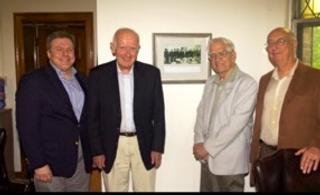 In my own mind, the real birth of the Center was Irving Friedman’s categoric statement. Thereafter, with Peter Henriot and Bill Callahan as creative staff, Eileen Olsen as executive secretary and my own recent and relevant experience at the Roman Synod on Justice in the World, the potential energy of the group was enthusiastically released. Within weeks we had published a tabloid – Quest for Justice – which included the heart of the Synod’s teaching and how it could be implemented in the USA. Its sales quickly reached over 200,000 copies and with workshops in nearly every state – mostly welcomed or organized by the US religious sisters – and with participation as an authorized NGO in major United Nations conferences on population, hunger, technology, etc., the Center of Concern was here to stay and beginning to energize many to take the social teaching of the Gospel more seriously. This possibility grew because we soon had additional creative staff – Sister Betty Carroll, Joe Holland, Jane Blewett and Mary Burke.
In my own mind, the real birth of the Center was Irving Friedman’s categoric statement. Thereafter, with Peter Henriot and Bill Callahan as creative staff, Eileen Olsen as executive secretary and my own recent and relevant experience at the Roman Synod on Justice in the World, the potential energy of the group was enthusiastically released. Within weeks we had published a tabloid – Quest for Justice – which included the heart of the Synod’s teaching and how it could be implemented in the USA. Its sales quickly reached over 200,000 copies and with workshops in nearly every state – mostly welcomed or organized by the US religious sisters – and with participation as an authorized NGO in major United Nations conferences on population, hunger, technology, etc., the Center of Concern was here to stay and beginning to energize many to take the social teaching of the Gospel more seriously. This possibility grew because we soon had additional creative staff – Sister Betty Carroll, Joe Holland, Jane Blewett and Mary Burke.
I stayed on as director for eight years before returning to Canada as Jesuit provincial. But a fond memory stays with me of being welcomed by Americans, trusted and left free to create, with a strong team, the vibrant Center of Concern in Washington that is still active, influential and admired after 45 years.
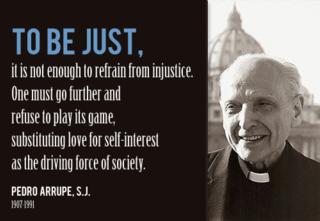 Cardinal Bernardin remained a personal friend as well as a friend of the Center, even congratulating us occasionally on our work; and the US bishops left us free to dialogue and take challenging positions on current theological and social justice questions. Irving Friedman continued as chair of the board as long as his health allowed. And, finally, Father Arrupe continued to support the Center enthusiastically and urged the USA Jesuit provincials to do so also – even if it was no longer legally an explicit Jesuit apostolate.
Cardinal Bernardin remained a personal friend as well as a friend of the Center, even congratulating us occasionally on our work; and the US bishops left us free to dialogue and take challenging positions on current theological and social justice questions. Irving Friedman continued as chair of the board as long as his health allowed. And, finally, Father Arrupe continued to support the Center enthusiastically and urged the USA Jesuit provincials to do so also – even if it was no longer legally an explicit Jesuit apostolate.
The Center in Washington DC continued to live in Father Arrupe’s missionary imagination until he died. A most vivid memory of mine is that of a visit I had with Father Arrupe in Rome some years later, after his stroke. I was overwhelmed with emotion and quietly said good-bye as he whispered, again and again. “The Center of Concern…The Center of Concern.”




No Comments